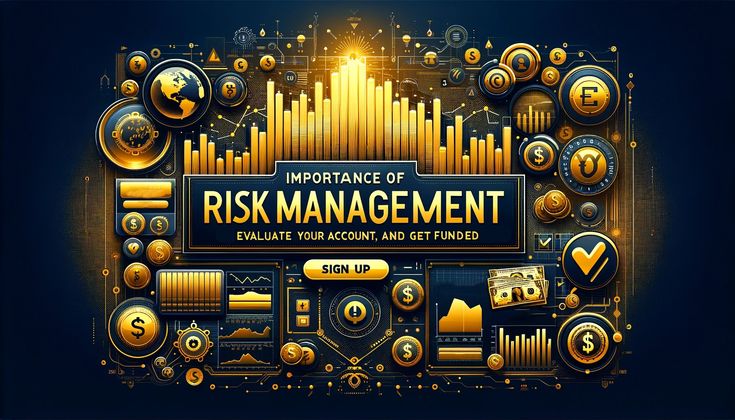Introduction
Many new traders focus solely on finding the perfect trading strategy, believing that consistent profits will follow. However, even the best strategies can fail without proper risk management.
Risk management is the backbone of successful trading. It’s not just about protecting your capital; it’s about ensuring long-term survival in the market. In this guide, we’ll explore the essential principles of risk management and show you how to implement them in your trading journey.
What is Risk Management in Trading?
Risk management involves the process of identifying, assessing, and controlling potential losses in trading. It includes rules and techniques that help traders avoid losing more money than they can afford.
Instead of trying to avoid risk completely (which is impossible), risk management helps traders handle it smartly.
Why is Risk Management Important?
- Capital Preservation
Without money in your account, you can’t trade. Risk management ensures you stay in the game. - Emotional Control
Knowing your losses are limited helps reduce fear and panic during market volatility. - Consistent Growth
Managing risk allows steady, long-term account growth instead of big wins followed by bigger losses. - Reduces the Impact of Losing Streaks
Even professional traders lose trades. Risk management ensures that a losing streak doesn’t wipe out your account.
Key Concepts in Risk Management
1. Risk Per Trade
This refers to how much of your capital you’re willing to lose on a single trade.
A common rule:
- Risk 1-2% of your account per trade.
Example:
If you have $1,000 and risk 1%, that’s $10 per trade.
2. Stop-Loss Orders
A stop-loss is an automatic order that closes your trade when the price reaches a certain level of loss.
Benefits:
- Prevents emotional decisions
- Limits your loss to a predefined amount
- Allows you to calculate risk before entering a trade
3. Risk-to-Reward Ratio (RRR)
This ratio compares how much you’re risking to how much you stand to gain.
Example:
- Risk = $50
- Reward = $150
- RRR = 1:3
A minimum RRR of 1:2 is recommended for most trades.
4. Position Sizing
The size of your trade (lot size, number of shares, etc.) should be calculated based on your risk tolerance and stop-loss distance.
Formula:
Position size = Risk per trade / (Stop-loss in pips x pip value)
5. Leverage Management
Leverage can multiply profits—but also losses. Use it wisely.
Avoid overleveraging, especially in volatile markets like forex or crypto. Many traders blow their accounts due to high leverage.
Creating a Risk Management Plan
- Set a Maximum Daily Loss
Stop trading if you lose a set amount in a day (e.g., 3% of your account). - Define Risk Per Trade
Choose a fixed percentage (e.g., 1% or 2%) and stick to it. - Always Use a Stop-Loss
Never enter a trade without knowing your exit point if it goes wrong. - Set Take-Profit Levels
Know your target before entering the trade. Don’t rely on “hoping” it goes further. - Use a Trading Journal
Track all your trades to evaluate how well your risk rules are working.
Common Mistakes to Avoid
- Overtrading: Taking too many trades increases exposure.
- Removing Stop-Losses: Holding losing trades “hoping” they’ll recover.
- Risking Too Much: Going all-in or risking large amounts on a single trade.
- Ignoring Risk in High-Impact News: Trading during major economic events without protection.
Example of a Risk Management Rule Set
- Risk per trade: 1.5%
- Max trades per day: 3
- Minimum RRR: 1:2
- Leverage: Max 1:10
- Stop trading for the day if 5% loss is hit
- Review all trades weekly
Conclusion
Risk management isn’t optional—it’s essential. It’s the difference between gambling and professional trading. While strategy can give you an edge, risk management ensures that edge can work over time.
Protect your capital, stay disciplined, and make risk management a non-negotiable part of your trading plan. Mastering this one area will give you the confidence and control you need to grow as a trader.


